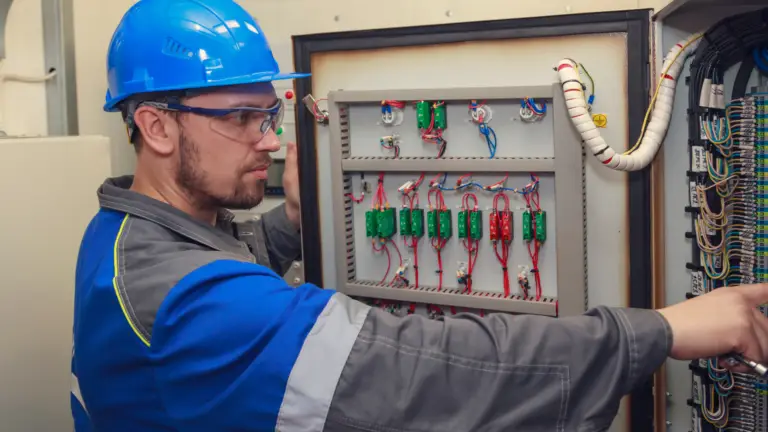In the world of business, proper infrastructure is crucial for long-term success. When it comes to commercial constructions, electrical and drainage facilities are critical aspects that should not be overlooked. Why are they so important? Let’s explore the advantages of having robust systems in these areas.
To view AH Construction’s projects click HERE
1. Energy Efficiency and Electrical Reliability
Solid and efficient electrical installations not only ensure a constant power supply but also contribute to energy efficiency. With modern and well-maintained systems, businesses can reduce long-term costs by minimizing energy losses and maximizing equipment performance. Furthermore, electrical reliability is crucial in maintaining operational continuity, avoiding interruptions that could affect business activities.
2. Safety and Regulatory Compliance
Safety is a priority in any commercial environment. Proper electrical installations not only protect employees and customers from potential electrical risks but also ensure compliance with safety standards and codes established by local authorities. This compliance not only prevents fines and penalties but also guarantees a safe and protected work environment.
3. Effective Drainage Operation
Simultaneously, an effective drainage system is essential in commercial constructions. A good drainage system prevents floods, dampness, and associated problems that could cause damage to the building structure and its contents. Additionally, it contributes to maintaining a clean and safe environment for employees and visitors, which can positively influence brand perception.
4. Sustainability and Corporate Image
Commercial constructions that prioritize efficient electrical installations and effective drainage systems can stand out in terms of sustainability. These practices not only reduce environmental impact but also reflect a commitment to corporate responsibility. This positive image can attract environmentally-conscious customers and enhance the company’s reputation.
In summary, electrical and drainage facilities are fundamental pillars in commercial construction. Investing in robust systems not only ensures the functionality and safety of the space but can also drive operational efficiency and improve brand perception. In the competitive world of business, attention to these details can make the difference between success and stagnation.
To view AH Construction’s projects click HERE




